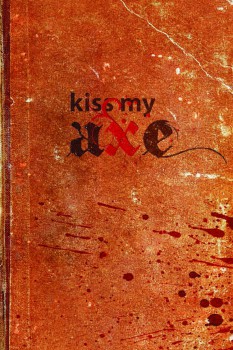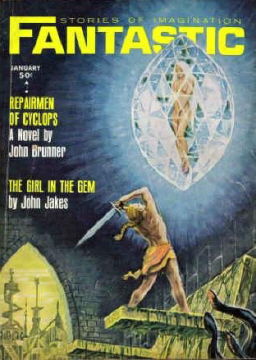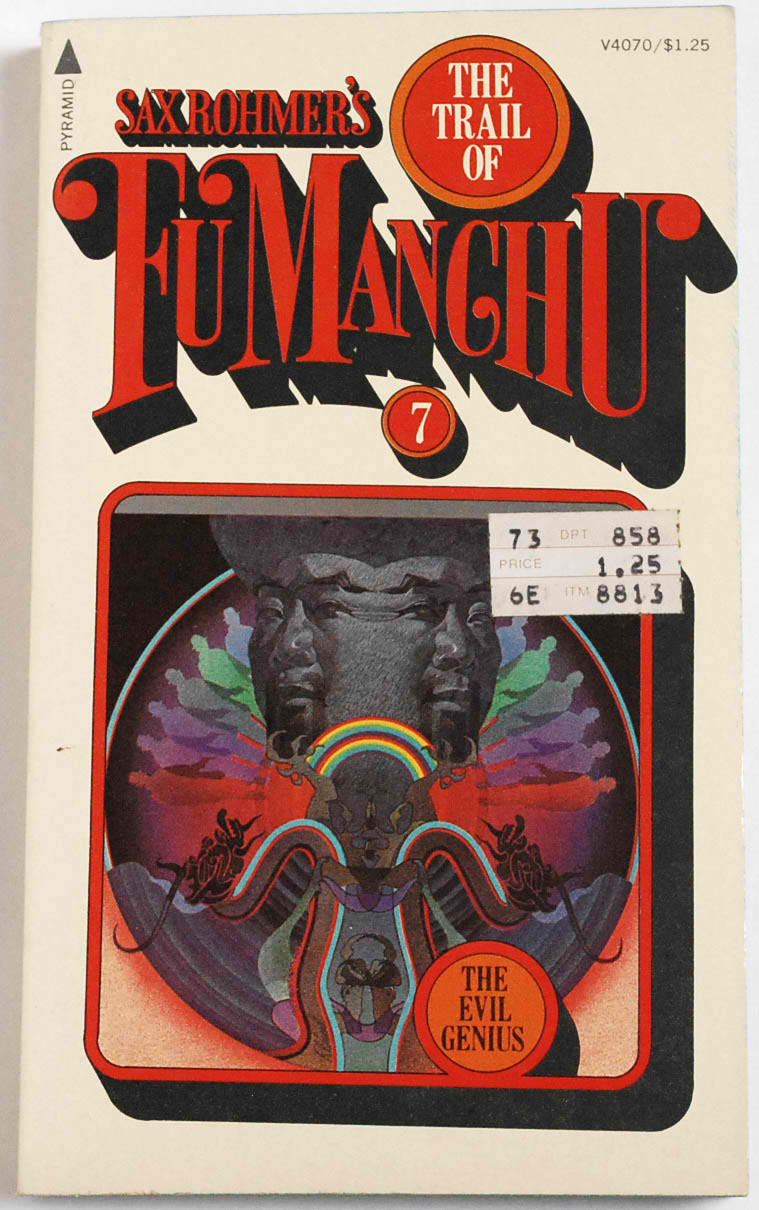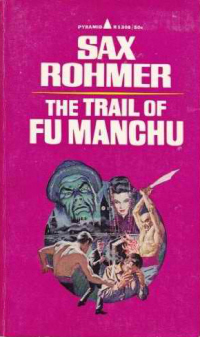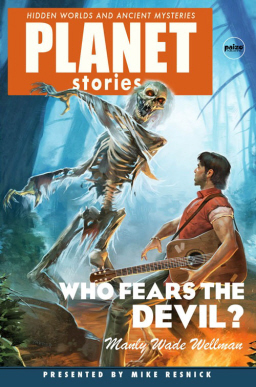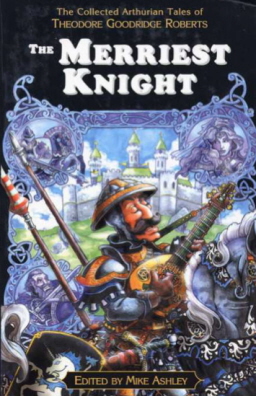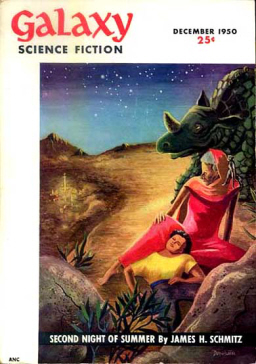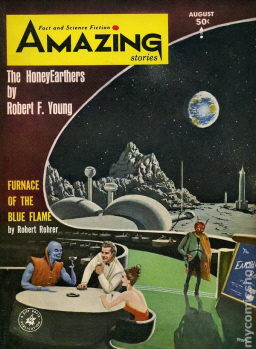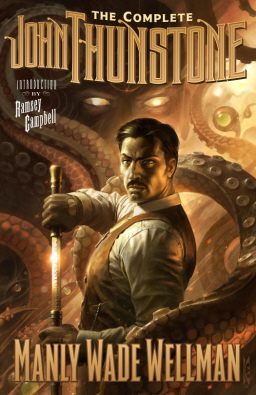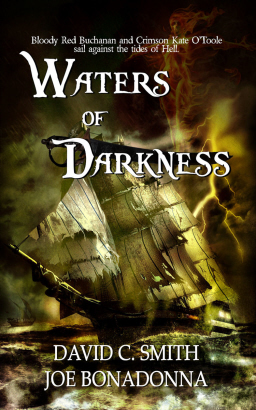Fantastic Science Fiction Stories, December 1959: A Retro-Review
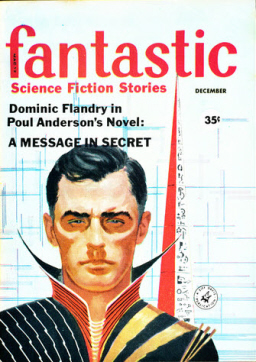 As promised, a return to Cele Goldsmith’s years at Amazing and Fantastic. This issue comes from quite early in her term.
As promised, a return to Cele Goldsmith’s years at Amazing and Fantastic. This issue comes from quite early in her term.
Last time I looked at Fantastic, I noted the subtitle “Stories of Imagination,” and I commented that much of the magazine remained Science Fiction, despite the Fantasy-leaning title and the ambiguous subtitle. This issue, by contrast, is subtitled “Science Fiction Stories” – an apparently deliberate rejection of the fantastical element. Turns out this subtitle had begun only with the September 1959 issue, and it lasted only through September of 1960, being supplanted by “Stories of Imagination” in October.
Interesting is a letter in this December issue from R. D. Miller, stating that with the September issue: “I took one look at the logo and the worst had happened: Fantastic Science Fiction Stories.” The letter in its whole praises the previous Fantastic for being a home to fiction in the Weird Tales tradition, and laments the apparent plan to discard that in favor of “the Science Fiction monster.”
The response from the editors (don’t know if Goldsmith or Editorial Director Norman M. Lobsenz wrote these) goes: “You want a magazine with 90% bad fantasy? Or one with 50% first-class fantasy and 50% first-class s-f?” (Logically, they should have been able to have a magazine with 50% first-class fantasy and 50% bad fantasy instead, right?)
The cover is by Edward Valigursky, illustrating Poul Anderson’s Flandry story “A Message in Secret.” I must say the man on the cover looks nothing at all like my image of Flandry.
Interior illustrations are by Mel Varga and Leo Summers. Interestingly, the cover of the Ace Double edition of “A Message in Secret,” retitled Mayday Orbit, is also by Valigursky – not as good, Flandry in a cold suit so not recognizable, but noticeably the same depiction of the “Prophet’s Tower” on each cover.
